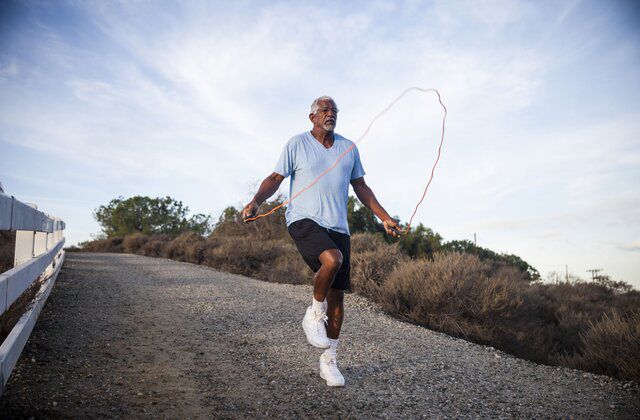
Study Finds Gender Differences in Heart Disease Protection
New research published in Nature Cardiovascular Research has revealed that men may need almost twice as much weekly exercise as women to achieve similar heart health benefits. The large-scale study, analyzing data from over 85,000 participants in the UK Biobank, points to clear differences in how physical activity influences cardiovascular disease (CVD) risk between men and women.
Women who completed at least 150 minutes of moderate to vigorous activity per week saw a 22% lower risk of coronary heart disease (CHD). In comparison, men following the same routine experienced only a 17% reduction.
Women Gain More Heart Protection with Less Exercise
Researchers observed that women experience greater cardiovascular benefits even with less activity. At 250 minutes of weekly exercise, women’s CHD risk dropped by 30%. Men, however, needed more than 530 minutes per week — over twice as much — to see similar results.
Among individuals already living with CHD, active women had a 70% lower mortality risk, compared to only 19% in men. To match these survival benefits, men needed approximately 1.7 times more exercise.
Why the Difference Exists
Experts believe that hormonal and physiological factors play a key role. Estrogen, for instance, offers natural cardiovascular protection by improving vascular function, reducing inflammation, and maintaining healthy cholesterol levels.
Despite this advantage, women remain less likely than men to meet recommended activity levels due to cultural expectations, family responsibilities, and time limitations — challenges that are also evident in Pakistan’s healthcare landscape.
Global and Local Implications for Healthcare in Pakistan
According to the World Health Organization (WHO), cardiovascular diseases remain the leading cause of death in Pakistan, accounting for nearly one-third of all deaths. With physical inactivity becoming more common in urban areas, these findings highlight an urgent need for localized healthcare awareness campaigns promoting regular exercise among both men and women.
The CDC and American Heart Association (AHA) recommend at least 150 minutes of moderate or 75 minutes of vigorous exercise per week. However, less than half of adults meet this target globally, and women are 5% more likely to be physically inactive.
Experts like Dr. Bethany Barone Gibbs and Dr. Denice Ichinoe emphasize that these results shouldn’t discourage men but rather motivate everyone to increase their physical activity levels. “The overall message is simple — exercise benefits everyone, and even small steps make a big difference,” said Dr. Gibbs.

How to Incorporate More Activity into Daily Life
- Start small — short walks or stretching sessions count.
- Redefine exercise — housework, gardening, or cycling all contribute.
- Choose enjoyable activities for long-term consistency.
- Integrate movement into routines — walk short distances instead of driving.
As Dr. Ichinoe notes, “Any effort to raise the base level of activity in both men and women will lead to better cardiovascular outcomes.”
Key Takeaway
While women seem to gain stronger heart protection from the same amount of exercise, regular physical activity benefits everyone. For Pakistan, where heart diseases are a growing healthcare concern, these findings highlight the importance of movement — no matter your age or gender. Starting small today can lead to lifelong heart health.

